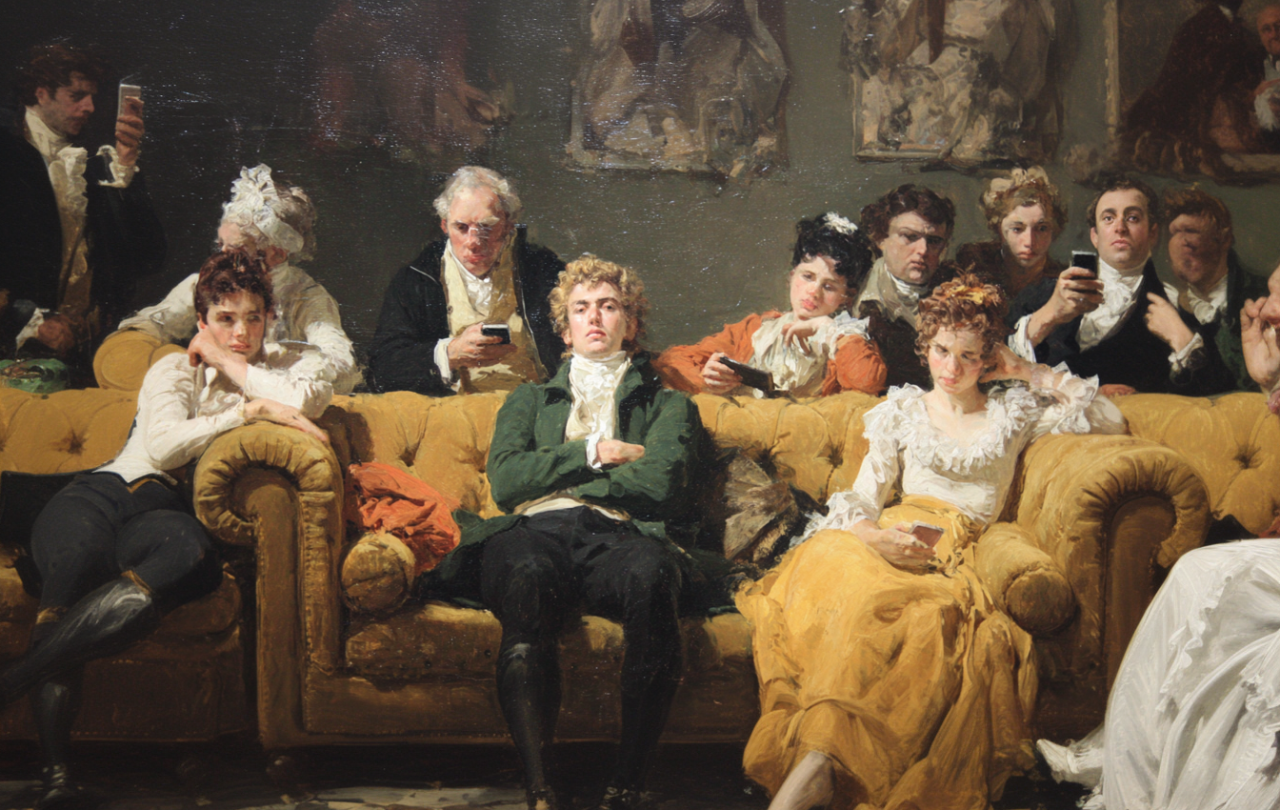
Barbie and I always had an unspoken understanding that our relationship would be mutually destructive. She made me feel inadequate; I was too short without a synched-in waist and pneumatic boobs. And I chewed her off her toes. One all.
I have spent the better part of two decades not thinking about my adversary, until once again she reared her (not at all) ugly head. I always celebrate on July 21. It is, after all, my birthday. But this year, the date was eagerly anticipated by millions and not because they share my love of Colin the Caterpillar cake. Last Friday was ‘Barbie Day' and it was all anyone could talk about. 2 – 1 to Barbie.
If you missed the news that there’s a Barbie movie now in the cinemas, clamber out from underneath that rock and let me tell you about it. The film, starring Margot Robbie and Ryan Gosling, caused quite a stir with, what I can only assume is, the biggest marketing budget since Nike release Air Jordans. Both Warner Bros and Barbie’s parent company Mattel have thrown money at making sure we all know about their candy-coated flick. The campaign has been so effective that production sparked a global shortage of fluorescent pink paint.
The box office is now raking in cash as people flock to see the fuchsia film. When I attended a morning viewing this weekend, I was one of the few people who hadn’t come dressed head to toe in pink. Not a chance Barbie.
On taking my end-of-row seat (to facilitate a quick getaway) I settled in for one hour and 54 minutes of fraternising with the enemy. I’ll level with you, Barbie had made some effort to change. The vibrant colours (mainly in a rosy hue) were still in place, along with the glossy hair and impossibly smooth legs. But there was a new self-awareness and self-deprecation that hadn’t featured in our childhood tea parties.
Finally, my arch nemesis is on the right side of history, right? I’m not sure that’s the case.
I had expected a vapid tale with fun flourishes. The story certainly delivered on both of those but with a lot more I hadn’t anticipated. From where I was sitting (popcorn in hand, legs stretched out into the aisle), it was a satirical story of feminism, patriarchy and the joy and anguish of fully embracing life on life’s terms. If you saw that coming, you probably have the gift of the prophetic, because it was certainly not on my radar.
If you don’t think too much about the plot, the film is easy to enjoy. Helen Mirren offers a witty commentary which is like someone handing you a cup of tea with two sugars when you usually just take milk. It was a welcome surprise that you wouldn’t have asked for but were delighted to discover. It was a visual feast for the eyes with everything – especially the inhabitants of Barbieland – looking perfectly polished. There are also a number of very funny jokes – albeit with adult undertones.
All good so far, but now let’s suppose that you, like me, will think about the plot. When the word is defined correctly, I am delighted to identify as a feminist. That does not mean that I support every feminism-associated declaration of the last 100 years, but it does mean that I passionately champion women and the correcting of previous (and some current) oppressions. This would make me a prime candidate for loving the Barbie movie. Finally, my arch nemesis is on the right side of history, right? I’m not sure that’s the case. Sometimes, in an attempt to show willing, we can allow the pendulum to swing a little too far in the wrong direction.
Mattel’s campaign to rebrand Barbie from a ditsy blonde to an empowered achiever has been well documented. People didn’t want the lack of ambition that came with “shopping mall Barbie” or “beach Barbie” and they certainly didn’t want to have to live up to her unrealistic beauty standards. Apparently if a Barbie doll was to scale, she’d be 5ft 9 with size three feet, and only enough space in her waist for half a liver.
Rather than continuing along these lines, portraying the company as inspiring for girls and women, they take the mick out of it. They highlight that Barbie has been a part of the problem. But in making their point, they outrageously infantilise men. Of course, this is satire, and comedy allows space for exaggeration, but it still didn’t quite sit right for me. Not one man offered a positive portrayal of masculinity (although Michael Cera’s Allan is a joy to watch). On the whole, men were either oblivious, obsessed with their own success, or childish and sometimes sit in board meetings wishing they could just tickle each other.
The very brief summary – without revealing too much of the plot – is that Barbie is very happy in Barbieland, a perfect paradise where women do the lion share of the work and take all the leadership roles. But something starts to change, and the real world begins to seep in. After “causing a rupture” between the real world and Barbieland, “the patriarchy” is introduced into this female-led eutopia and the Barbies must banish it in order to restore the sorority-dominated lifestyle they previously enjoyed. Not a problem – when Ken found out patriarchy wasn’t about horses he lost interest anyway.
In ten years, I think many of the critics who have lauded this film as a classic will cringe at their enthusiasm.
In a world where even Caitlin Moran is writing a book posing the question “What About Men?” I fear this film will age badly. The vast majority of people, including women, don’t want to propel women by doing men down. In ten years, I think many of the critics who have lauded this film as a classic will cringe at their enthusiasm.
Finally, let’s frame this with the ways the Bible has influenced the film. Oh yes, the biblical message hasn’t just underpinned Harry Potter and The Lion, the Witch and the Wardrobe, it’s apparent in the Barbie movie too. If we replace Barbieland with Eden we can see a stark comparison between the film and the creation story. In this utopia, Barbie is given authority over the land. She is given a helper in Ken. But their paradise is threatened by human fragility and quest for more knowledge. After it comes crashing down the inhabitants just want to get back to their previous state.
The film demonstrates the desperation to 'return to Eden', in the face of an imperfect and broken world. But it also highlights the beauty that can be found in allowing yourself to experience life on life’s terms; to cry, feel pain and embrace the ache associated with change. For that, I respect its efforts. Although I think Disney’s Inside Out manages to achieve the same without belittling men.





